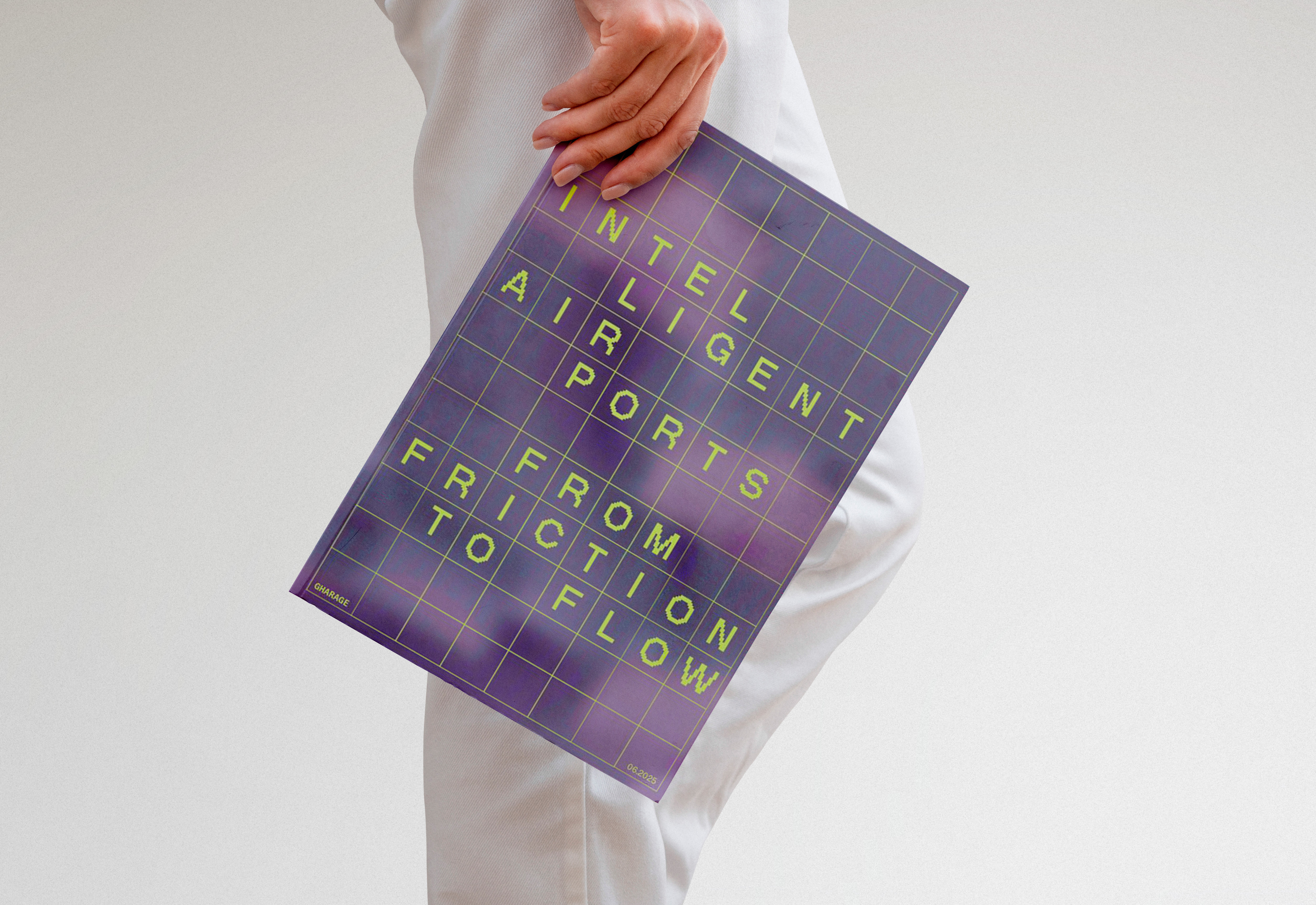More and more people are on the move, navigating this dance between high and low-tech, yield and yearn. Amid these complexities, there’s a consistent message: people are seeking an uncomplicated, streamlined airport experience from arrival to departure.
Intelligent Airports: From Friction to Flow continues our series of reports examining shifting traveller preferences and what they mean for the future of airports. In this report, we explore how airports might apply emerging technologies to facilitate better function and positive passenger feelings. We probe how to navigate the implementation of technologies via three key themes: 'Getting the basics right', 'Intuiting needs and desires' and 'Elevated experiences'.

